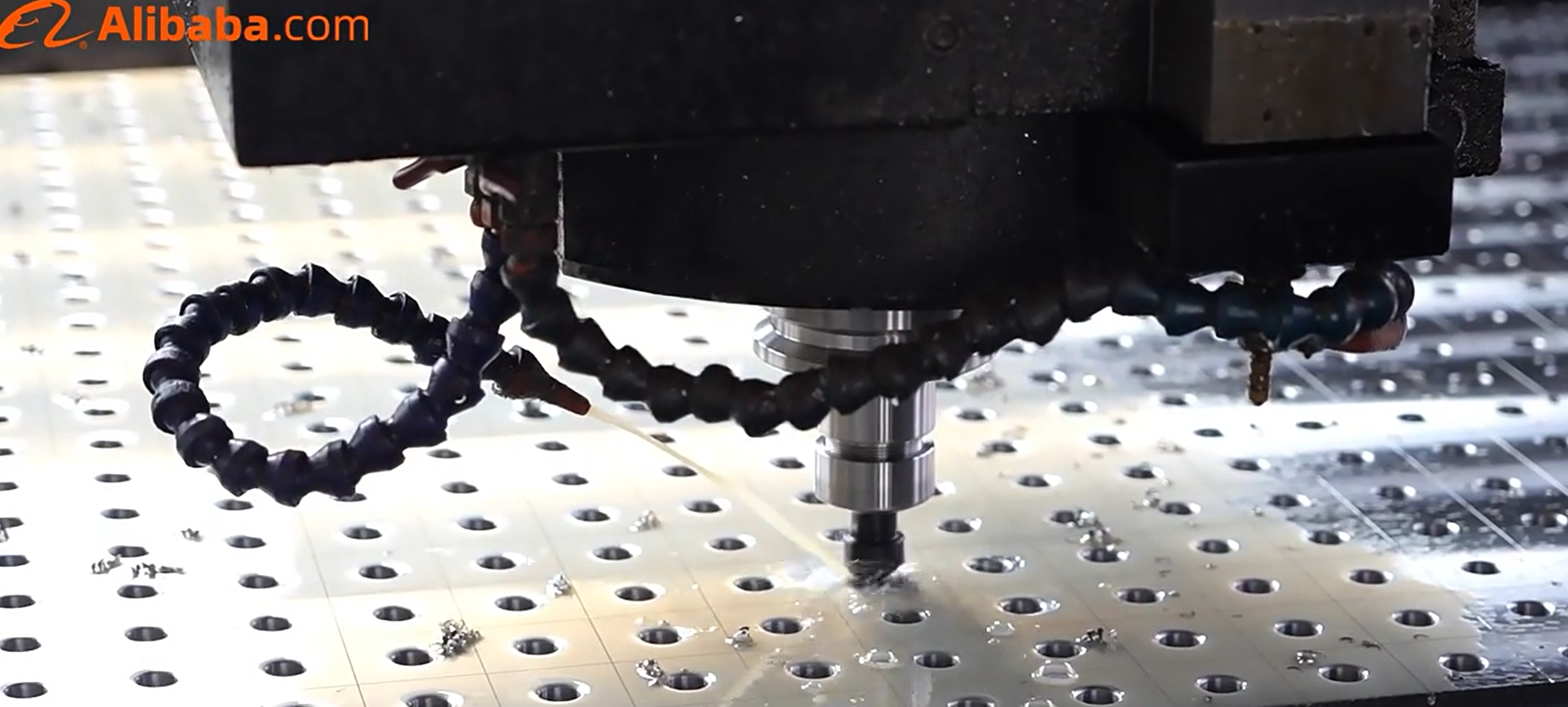- SYSTEM 16 METRIC SERIES
THE WALTER
SYSTEM 16
METRIC(MM)WELDING
TABLES
.jpg)
D16 STEEL TABLE
D16 CAST IRON TABLE
D16 STEEL NITRIDED TABLE
D16 CAST IRON NITRIDED TABLE
SYSTEM 16 METRIC ACCESSORY SETS
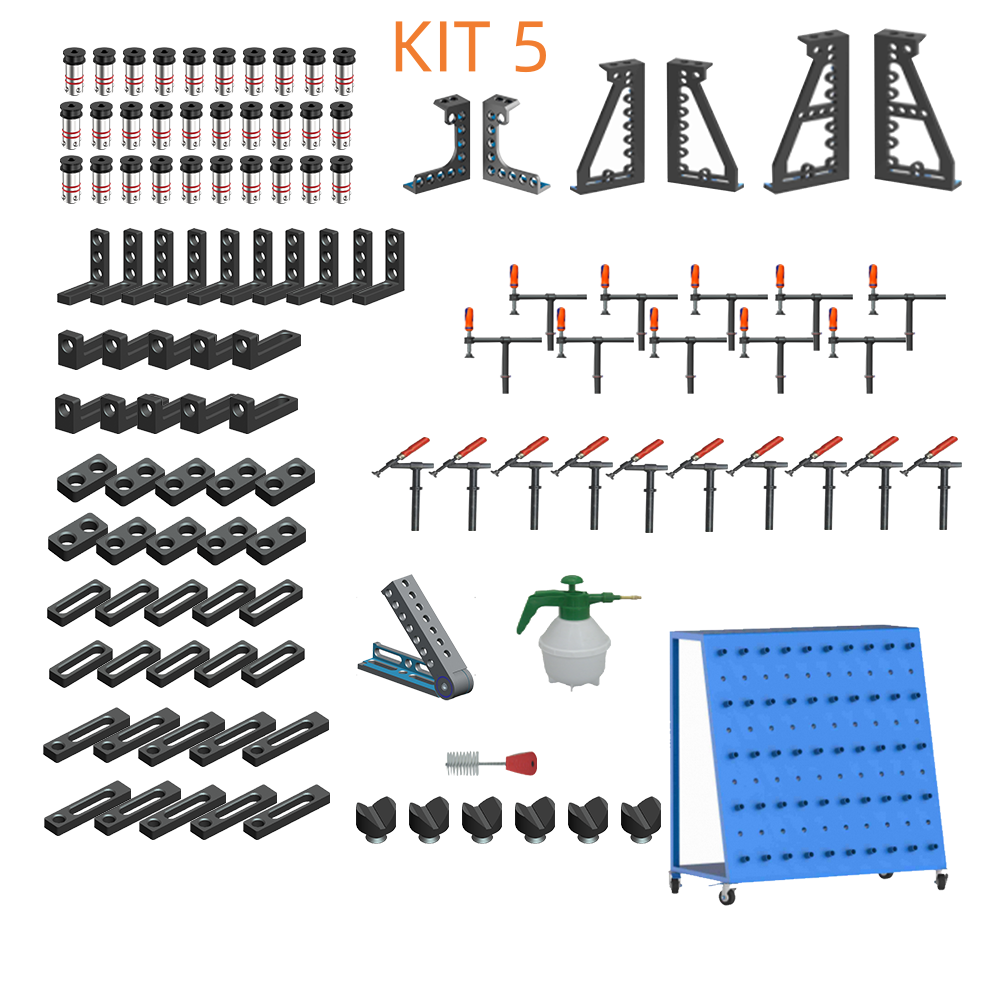
VIEW ALL ACCESSORY SET
D16 SET1(28 Piece kit)
D16 SET2(40 Piece kit)
D16 SET3(68 Piece kit)
D16 SET4(96 Piece kit)
D16 SET5(116 Piece kit)
- SYSTEM 28 METRIC SERIES
THE WALTER SYSTEM 28 METRIC(MM)WELDING TABLES
D28 STEEL TABLE.jpg)
D28 CAST IRON TABLE
D28 STEEL NITRIDED TABLE
D28 CAST IRON NITRIDED TABLE
SYSTEM 28 METRIC ACCESSORY SETS

VIEW ALL ACCESSORY SET
D28 SET1(28 Piece kit)
D28 SET2(40 Piece kit)
D28 SET3(68 Piece kit)
D28 SET4(96 Piece kit)
D28 SET5(116 Piece kit)
With the Steel S355 Durable Nitriding welding table System in stock and Nitrided Surface 3D Modular Welding Table, you gain heat control, reduced maintenance, and near-zero spatter adhesion.
This is not just a table — it’s an engineered surface designed to handle the thermal, mechanical, and operational demands of heavy fabrication.
For manufacturers ready to cut downtime, eliminate rework, and produce cleaner welds, nitrided modular platforms are no longer optional — they’re essential.
1. Introduction: Why Industrial Welding Deserves Better Tools
In heavy equipment manufacturing — whether you’re fabricating excavator arms, steel beams, or structural brackets — production consistency is everything. Yet many workshops still fight the same daily battle: weld spatter buildup, rusted table tops, and fixture misalignment.
Every time weld spatter sticks to your work surface, you lose precision, time, and money. Grinding and cleaning these surfaces not only slow down operations but also degrade table flatness, eventually leading to misalignment in complex assemblies.
This is where Walter 3D Welding Table technology transforms your workflow. Built using plasma nitriding treatment and a modular 3D fixture system, it combines hardness, corrosion resistance, and anti-adhesion properties.
In partnership with the Welder 3D Durable Nitriding welding table System, you can maintain flat, clean, and stable surfaces — even under the harshest fabrication environments.
2. The True Science Behind Spatter Adhesion
Most spatter forms due to molten metal droplets being ejected from the arc because of unstable current, gas turbulence, or surface contamination.
In heavy equipment production, where you often weld large, thick sections of steel, high heat input amplifies the problem. Droplets reach 1600–2000°C and instantly fuse to the workbench surface.
If that surface is plain carbon steel, adhesion is nearly unavoidable. The molten metal bonds metallurgically with the table, forming micro-welds that are extremely difficult to remove. Over time, the table becomes rough, oxidized, and uneven, forcing operators to spend hours grinding and polishing after each job.
The Professional Steel Plasma nitriding welding platform breaks this cycle by adding a dense, high-hardness nitrided layer that acts as a barrier between molten droplets and the steel substrate.
3. Plasma Nitriding Explained for Industrial Users
Plasma (ion) nitriding is a surface-hardening process that diffuses nitrogen ions into the steel surface under vacuum and high voltage. The result is a compound layer of iron nitrides (ε-Fe₂–₃N and γ’-Fe₄N) that dramatically improves hardness and corrosion resistance.
The nitrided surface of the Walter 3D Welding Table typically reaches 900–1000 HV — far higher than untreated steel, which averages around 250 HV.
Key Benefits for Industrial Environments:
No weld spatter adhesion — droplets cool without sticking.
Superior corrosion resistance in humid or chemically exposed areas.
Stable thermal conductivity for even heat flow during long welds.
Excellent wear resistance, even under heavy clamping forces.
That’s why the Steel S355 Durable Nitriding welding table System in stock has become standard equipment in many heavy fabrication shops.
4. Practical Implementation: Step-by-Step Setup
To achieve maximum benefit, here’s how to set up your nitrided 3D welding table system for industrial-scale welding:
Step 1 – Prepare the Work Area
Clean the Nitrided Surface 3D Modular Welding Table with a dry cloth or degreaser. Even though it’s resistant to oxidation, keeping it free of dust and oil ensures optimal electrical grounding and fixture stability.
Step 2 – Assemble the Modular Fixtures
The modular welding table allows easy assembly of support blocks, clamps, and angle brackets. Position your components precisely using the 28 mm grid holes for alignment.
For large parts like excavator booms or frames, secure them using adjustable clamps from multiple directions to control distortion.
Step 3 – Secure the Weld Angles
Always verify the 90° and 45° joint positions using precision squares. The Walter 3D Welding Table’s hole pattern ensures tight tolerances.
Step 4 – Optimize Welding Parameters
Maintain constant wire feed and voltage.
Use proper shielding gas (CO₂/Ar mix) to reduce oxidation.
Avoid overheat buildup — long welds can distort even thick plates if the heat balance isn’t maintained.
The Professional Steel Plasma nitriding welding platform helps distribute thermal loads evenly, preventing hot zones and reducing residual stress.
Step 5 – Post-Weld Cleaning
Once finished, allow the table to cool naturally. Wipe off any residue with a non-abrasive brush. With a nitrided surface, you’ll find that spatter simply pops off effortlessly — no chiseling required.
5. Common Mistakes Heavy Fabricators Make
Using wire brushes or grinding discs on the nitrided layer — this can remove the surface hardness.
Ignoring thermal expansion — not allowing parts to “breathe” can cause distortion.
Skipping cleaning — while nitriding resists buildup, consistent maintenance preserves its longevity.
Overtightening clamps — can cause stress on weld seams or fixtures.
Even the most durable platform performs best when used with proper handling discipline.
6. Case Study: Construction Equipment Manufacturer
A construction equipment plant in Texas was losing nearly 15% of production time to table cleaning and fixture misalignment. Welders complained about “sticky slag” and warped surfaces.
After upgrading to the Welder 3D Durable Nitriding welding table System, combined with a Steel S355 Durable Nitriding welding table System in stock, results changed dramatically:
Cleaning time reduced from 45 minutes to under 10.
Fixture replacement dropped by 70%.
Surface integrity remained intact after months of high-heat MIG/MAG welding.
Their lead engineer stated:
“We no longer worry about spatter buildup. The nitrided surface stays smooth, cool, and precise — even under the toughest production loads.”
7. Why Modularity Matters in Heavy Industry
Large assemblies require dynamic fixturing. The 3D welding table and Nitrided Surface 3D Modular Welding Table systems allow technicians to set up complex multi-plane structures without welding jigs permanently.
The modular welding table offers unparalleled adaptability — you can reconfigure clamps, stops, and angle fixtures in minutes. This flexibility is vital for multi-product factories that switch between different frame sizes and geometries.
8. Maintenance Best Practices
To preserve performance:
Clean the table daily with mild solvents.
Avoid moisture accumulation; store in a dry area.
Inspect flatness quarterly with straightedges.
Never hammer fixtures directly against the surface.
A properly maintained Professional Steel Plasma nitriding welding platform can last over a decade without refinishing — making it a cost-effective long-term investment.
9. Final Thoughts: Efficiency Through Surface Engineering
When your business depends on throughput and precision, small improvements create massive returns. The Walter 3D Welding Table and Welder 3D Durable Nitriding welding table System bring industrial-grade reliability to every weld.
With the Steel S355 Durable Nitriding welding table System in stock and Nitrided Surface 3D Modular Welding Table, you gain heat control, reduced maintenance, and near-zero spatter adhesion.
This is not just a table — it’s an engineered surface designed to handle the thermal, mechanical, and operational demands of heavy fabrication.
For manufacturers ready to cut downtime, eliminate rework, and produce cleaner welds, nitrided modular platforms are no longer optional — they’re essential.
WALTER Series
Information
Customer Reviews
Customer Gallery
Terms & Conditions
Privacy Policy
Return Policy
About Us
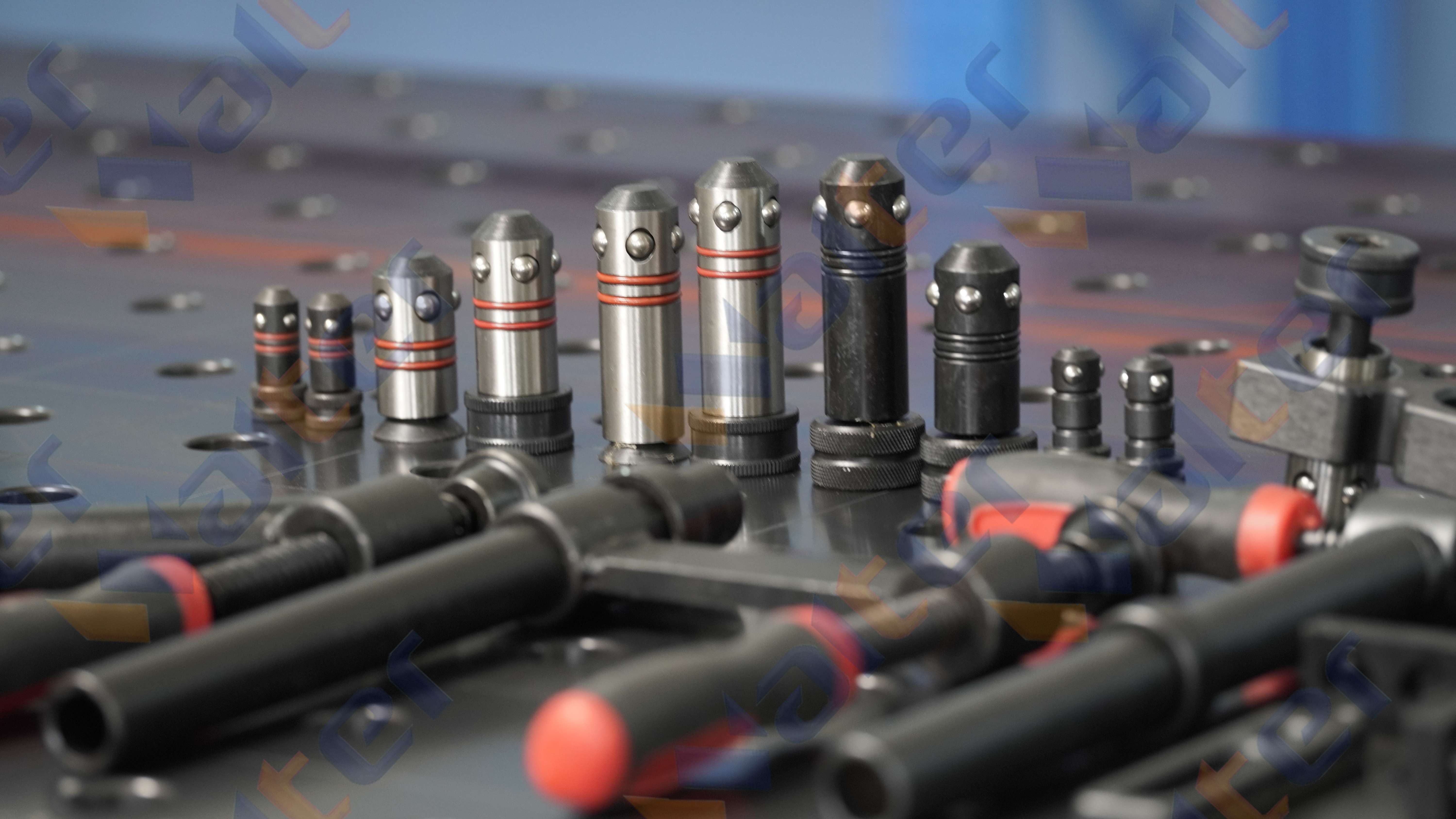
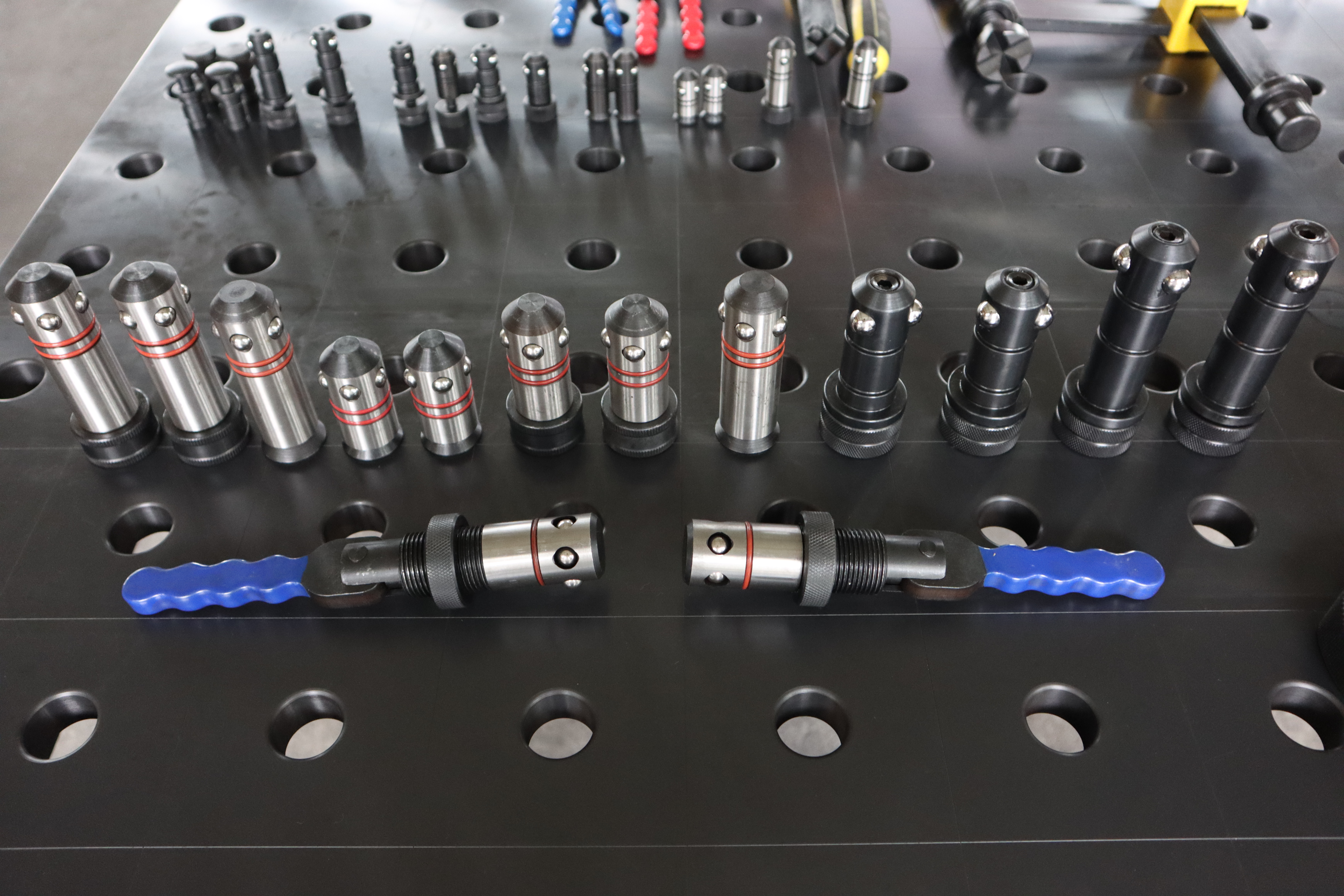
.jpg)
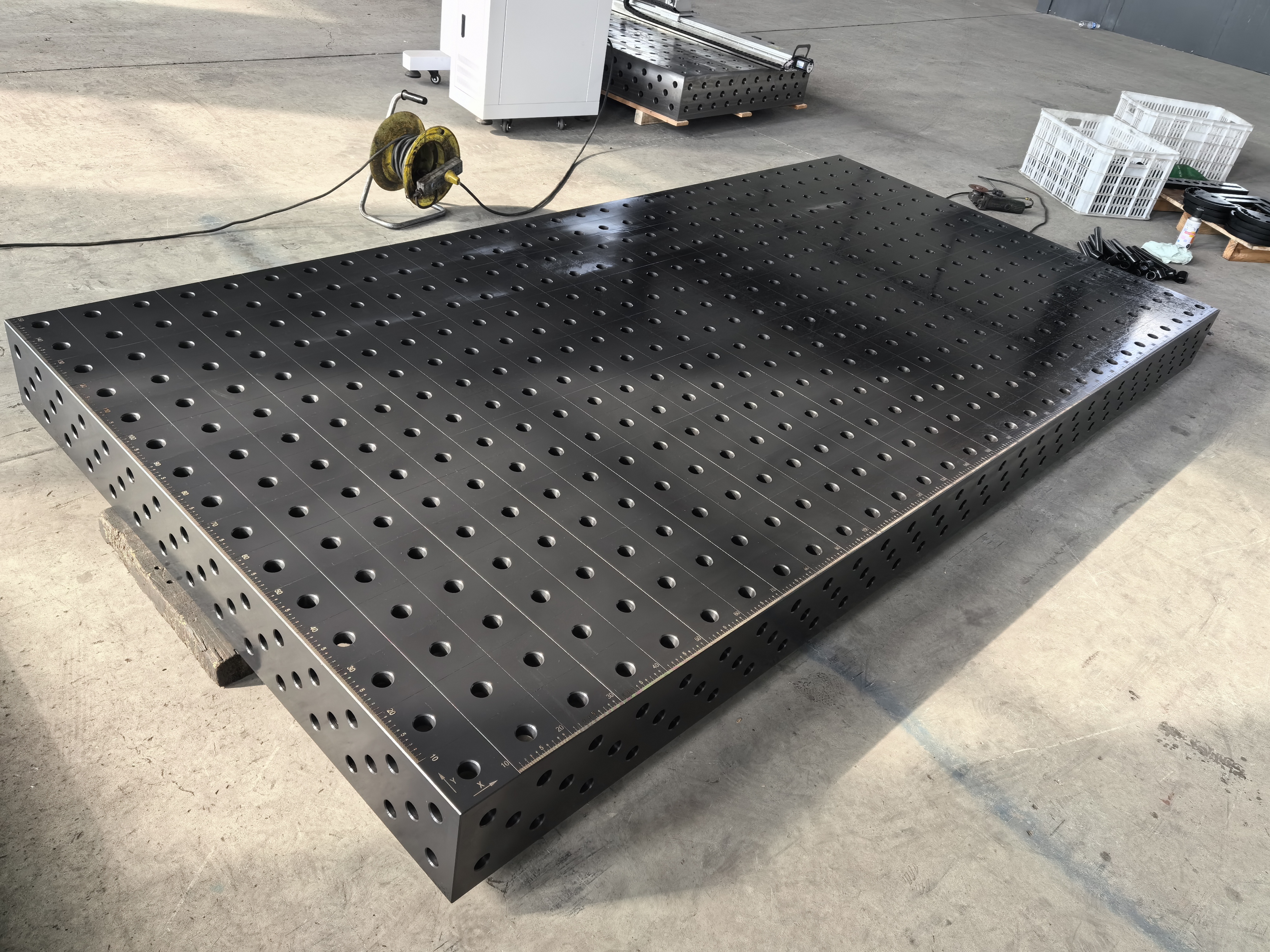
(1).jpg)
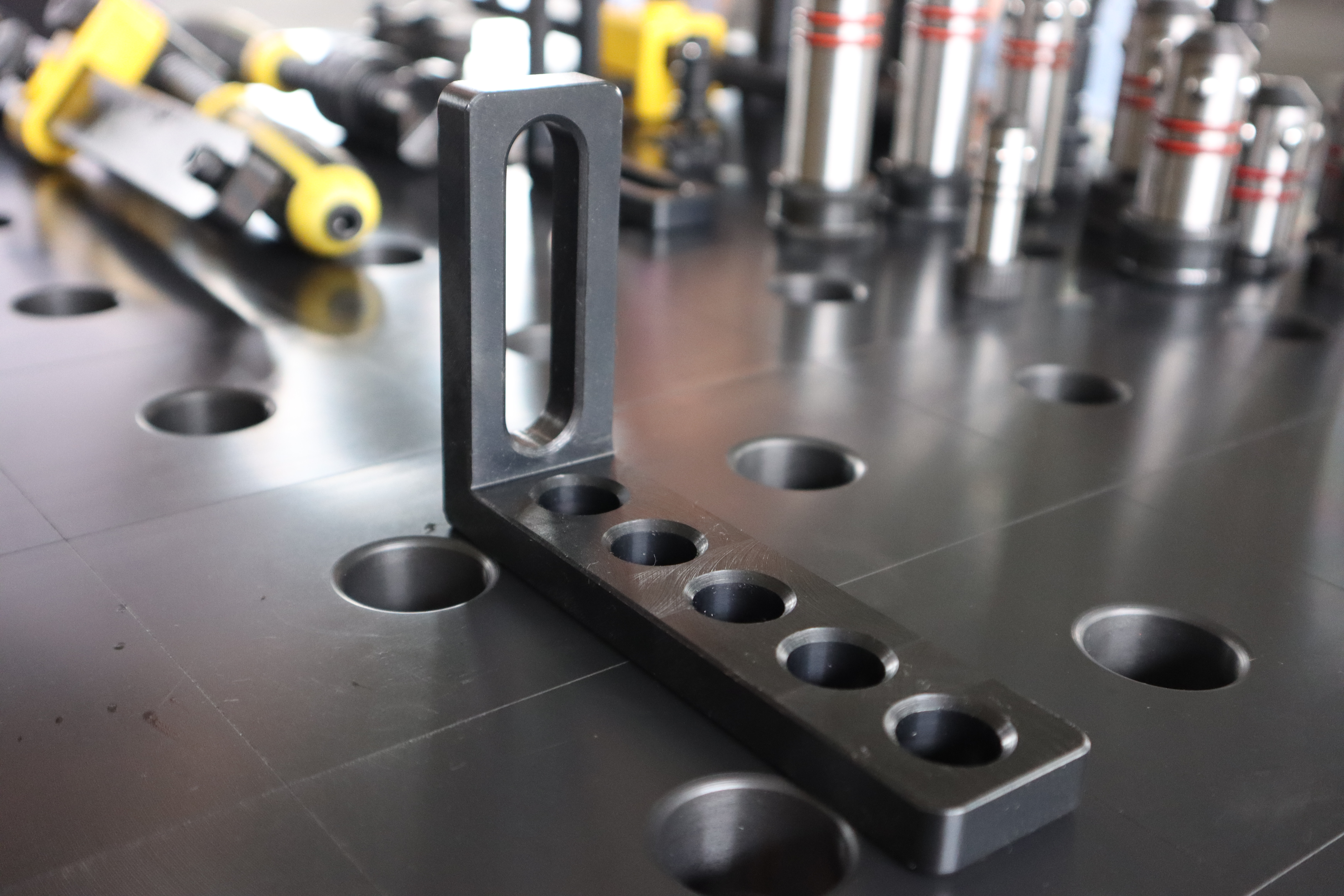
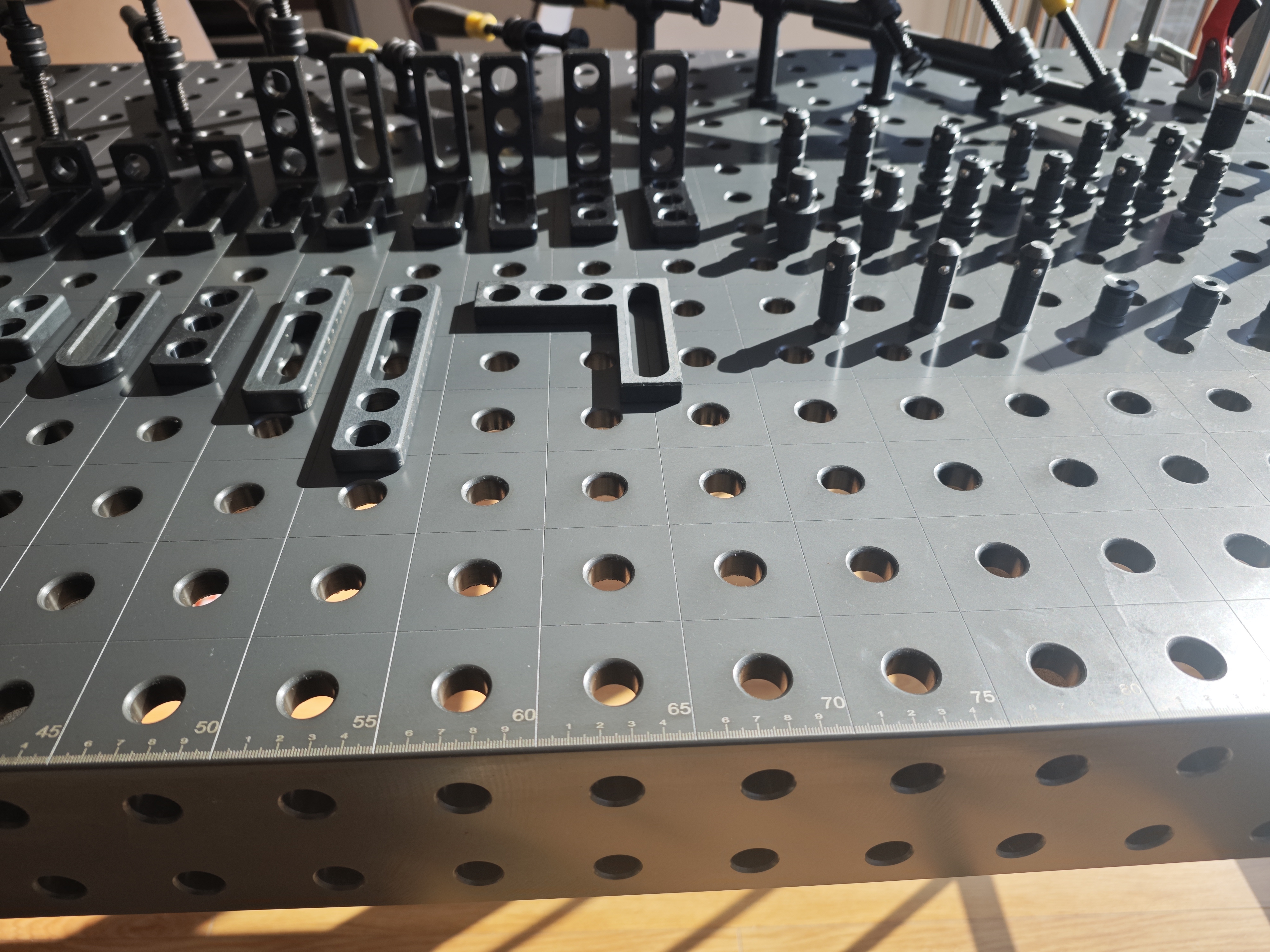
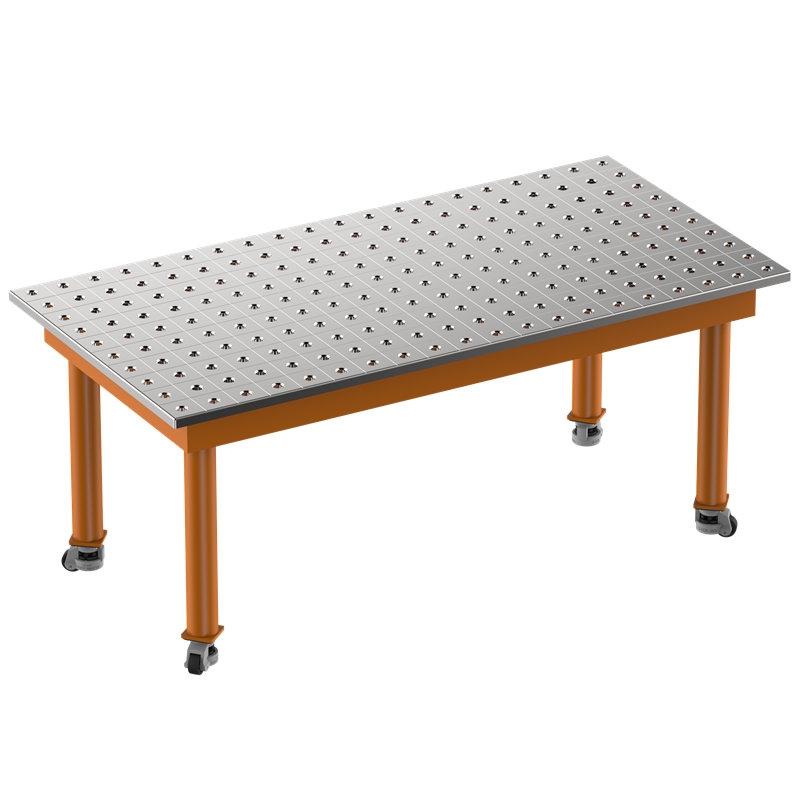
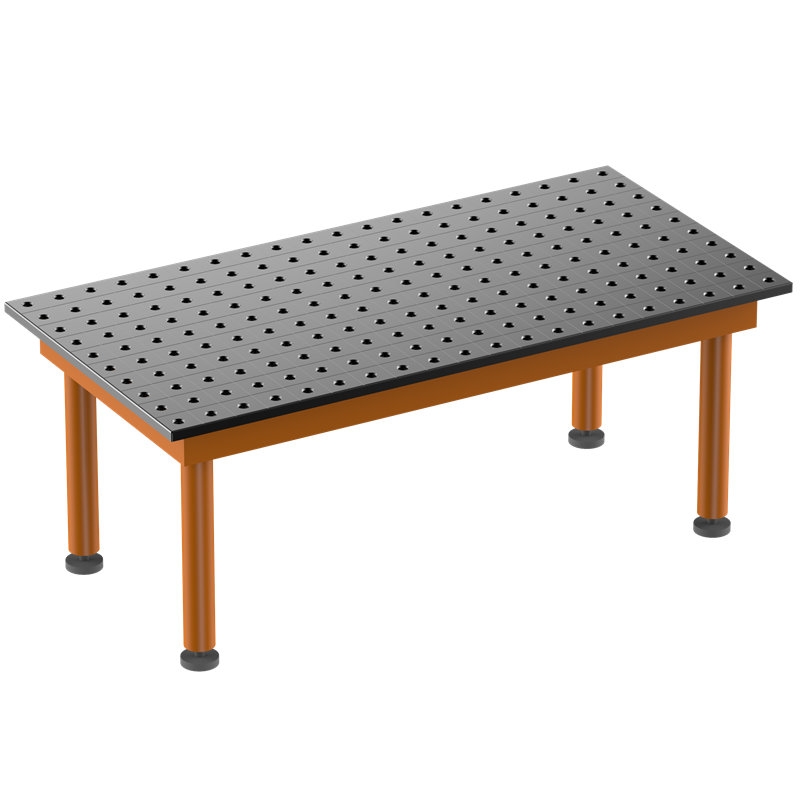
.jpg)

